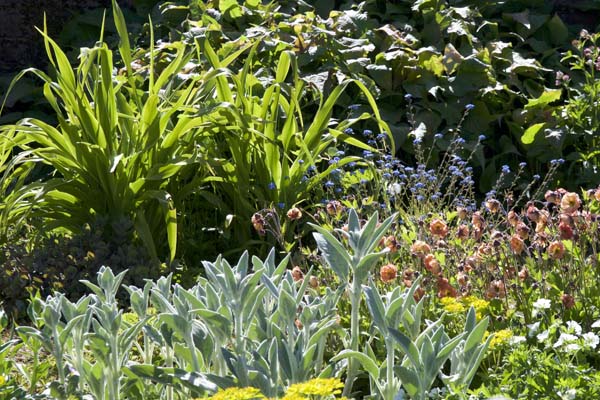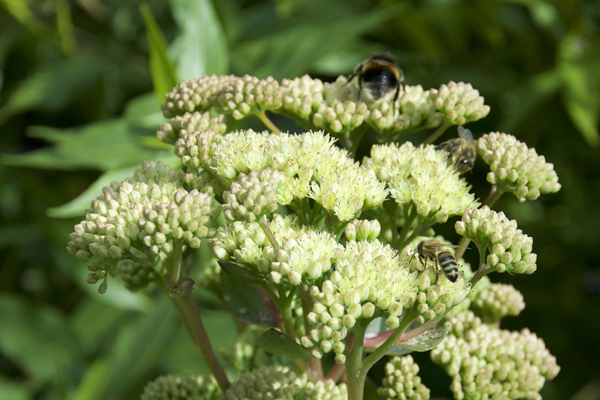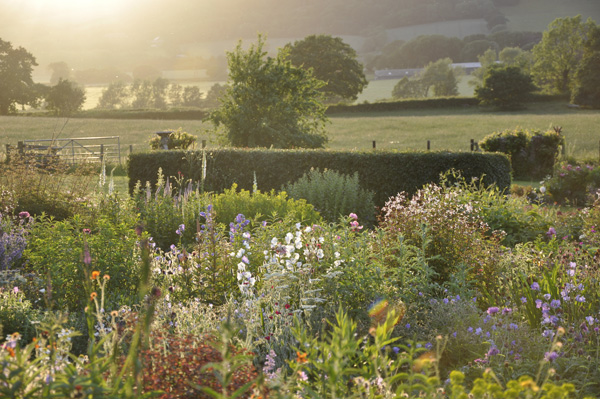How to Plant & Care For Echinops (Globe Thistle)
(Globe thistle) Echinops are one of those plants that you either know or you don’t. This bee friendly plant is also very popular with gardeners who have space and big, deep herbaceous borders; they tend to be ignored by those who have smaller gardens.

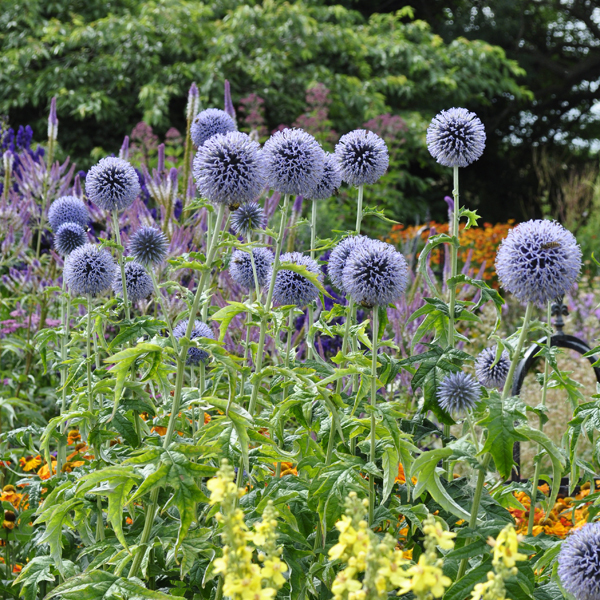

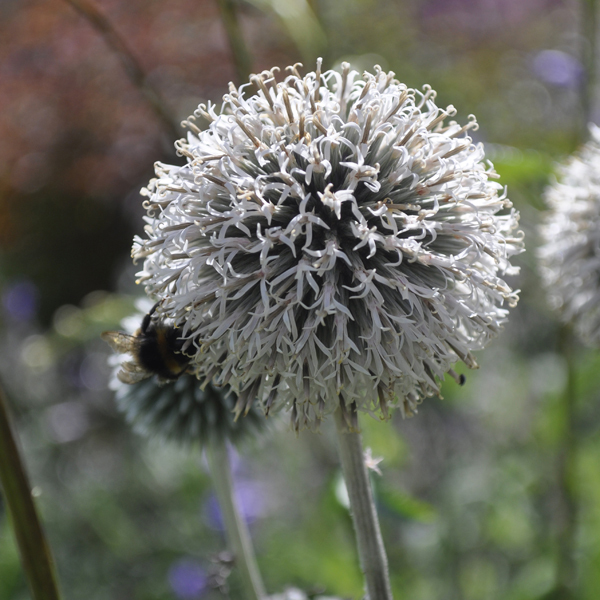
Left to right: Echinops ritro 'Veitch's Blue', Echinops bannaticus 'Taplow Blue', Echinops ritro, Echinops bannaticus 'Albus'
Types of Echinops Plants
The reason some gardeners ignore the globe thistle is that most varieties, like the Echinops Bannaticus can be rather big. If this is a problem for you, try Echinops Ritro ‘Veitch’s Blue’ as it is ideal for smaller gardens.
When do Echinops Flower?
It is a summer flowering plant, starting in July and ending in August or the start of autumn in September. This hardy perennial will die back after it has flowered, but will return again with new growth in the spring.
Initially the flower balls are spiky, but as the flower buds open, tiny, star-like flowers emerge, turning the whole ball a softer colour. As the flowers are so small, they are really attractive to bees and butterflies.
Echinops Leaves & Appearance
At the base sits a handsome mound of long, jagged-edged, silver-green leaves. The globe thistle is easily recognisable because of the round balls of tightly packed flowers carried on slender, stiff, upright flower stems. They are especially good for adding a simple, architectural shape to a late summer border.
Where Echinops Come From
The plants we grow come from species that originate from areas around the Mediterranean, particularly southeastern Europe. Though there are many varieties said to have spread as far as Asia and Africa. The wild globe thistle varieties grow in dry hillsides and meadows, which reflects the soil preference of those available from plant nurseries.
Echinops Planting Guide
Where To Grow Echinops
I find Echinops easy to grow hardy perennials. I have tried them in various gardens where they thrived in very well-drained, often dry sandy soil as well as heavy, clay-loam. The only thing they do demand is a fair amount of sun.
How to Plant Echinops
Echinops plants can be planted in a generous hole. If your soil isn’t particularly well draining, then after you make your hole incorporate a generous handful of potting grit to improve it.
How To Care For Echinops
These hardy perennials only require staking in the windiest of positions, need no fertiliser, and only need dividing if they get too big. They may not flower if the soil is too rich with fertiliser.
Pruning
After the summer flowering season ends, the plant begins to die back. If you cut back the flower stems after the flowers have faded, this gives the roots a chance to regrow. This is something that helps them if they grow in heavier soil.
Pests
This butterfly and bee friendly plant will attract a number of other insects, and most will be harmless pollinators. Aphids on new leaf growth can be a problem, and can cause the leaves to curl and deform. These hardy perennials remain quite disease-free
Echinops Look Good With
Agastache, Helenium, Persicaria, Verbascum & Veronicastum. Many hardy perennials for a cottage border aesthetic also work very well with Echinops. Some find them useful for hiding the stakes for larger perennials at the back of the border.
Agastache, Helenium, Persicaria, Verbascum & Veronicastum
